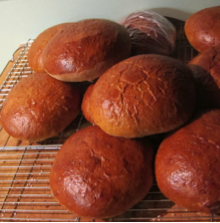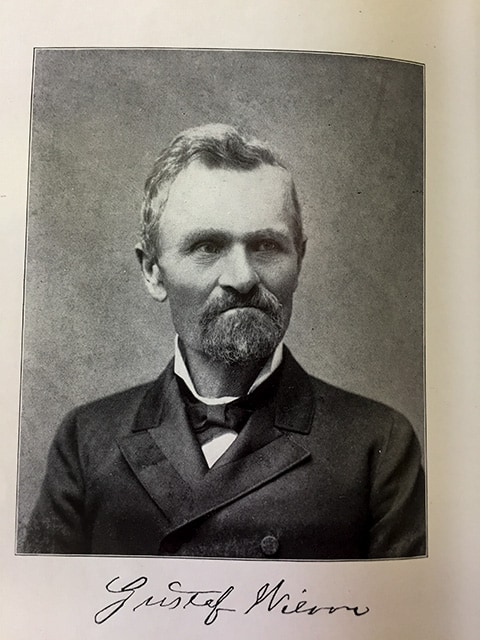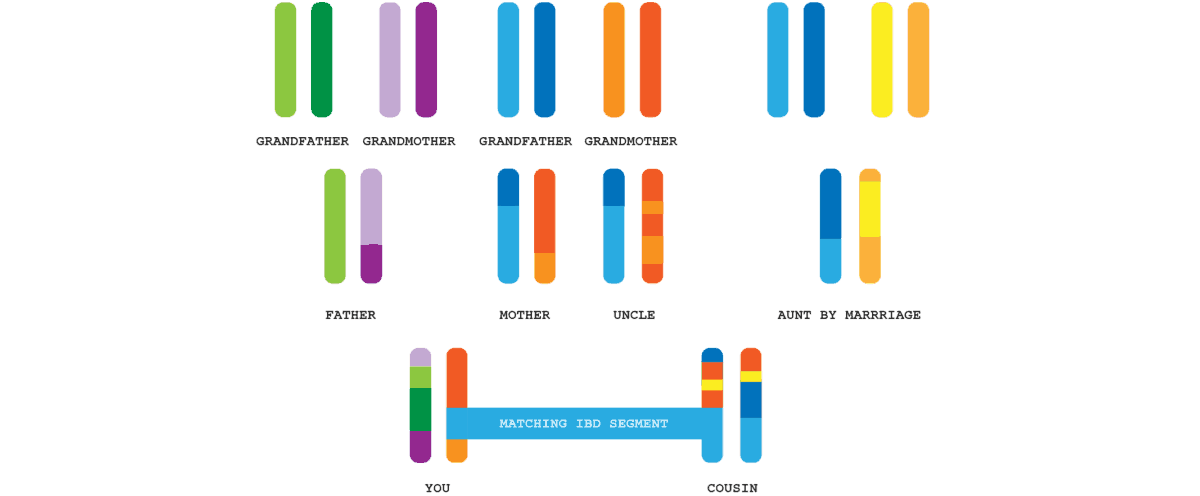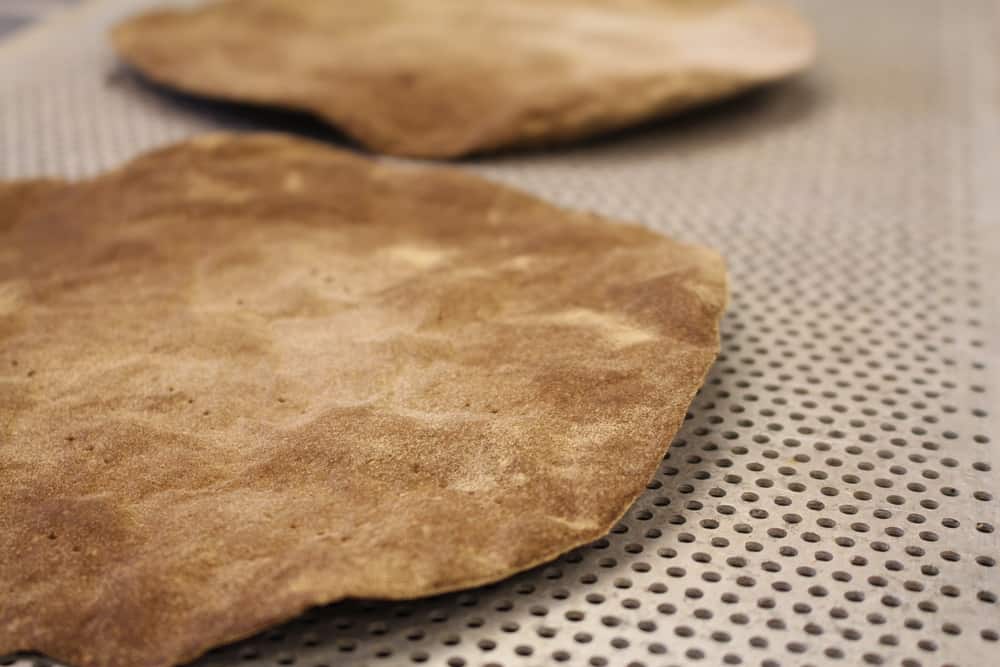Swedish Finn Culture
Uleåborgslimpa or Oulunlimppu
By Syrene Forsman

1 package active dry yeast
¼ cup warm water
½ cup light molasses
1 tbs grated orange peel *
1 ½ teaspoons salt
2 tsps caraway or fennel seed **
2 cups buttermilk
3 cups rye flour
3-3 ½ cups white flour ***
Dissolve the yeast in the ¼ cup warm water (¼ tsp sugar helps the proof); set aside. Mix the molasses, orange peel, salt, and caraway seed in a saucepan and bring to a boil. Pour into a large mixing bowl and add the buttermilk. Cool to lukewarm. Add the yeast and blend well. Add the rye flour gradually and beat well. Add the white flour, beating well after each addition. When the mixture is stiff, let it rest for 15 minutes before kneading.
Turn the dough out onto a floured board and knead until satiny smooth, then place in a lightly greased mixing bowl, turning to grease the top, cover with Saran wrap and let rise in a warm place until double in bulk (about 1 hour). Turn out again onto a floured board and divide into 2 parts. Shape each half into a round fat ball or into a rectangular loaf about 4 by 8 inches. Place (covered with Saran wrap) on a greased baking sheet and let rise until almost doubled (about 30 minutes).
Before baking, brush the loaves with beaten egg. Bake in a moderate oven (350 degrees) for 45-50 minutes (Maybe less. Watch carefully). Makes two large loaves. The basic recipe is from Beatrice Ojakangas’ book, The Finnish Cookbook, with adjustments to make it taste like my mother’s bread.
Notes:
* I use a tablespoon+ of cheap orange marmalade
** I use 2 tablespoons!
*** Add 1 tablespoon gluten here as well
By Siv Vähämäki-Sundman, ~ 2004. English translation by June Pelo. Map courtesy of the Genealogical Society of Finland A landmark which has stood in the middle of Nedervetil parish for many…
Gustav Wilson arrived in Oregon in 1852. According to the records now available Gustav was the first Swedish Finn to settle in Oregon. Of course as more records are become…
Pia Holm will speak at our Annual Meeting & Luncheon on March 9, 2019. The Finnish people have always lived close to nature. To magical forests. To sea and sky.…
Finland views their citizens living abroad a valuable resource and strive to foster a cooperative relationship with expatriates. This is why the Finnish Expatriate Parliament (FEP) was formed in 1997.…
John Olin’s logging camp in the summer of 1902. The girl on the ladder is Eva Asp, next to her is Hanna Asp, and next to her is Hanna Olin,…
At first glance, communion records can be a mystery. However, they are filled with an enormous amount of information and it is worth the effort to learn how to read…
Photo credit: Sakari Piippo/Finland Promotion Board by Kimberly Jacobs Identity can be a groan inducing word. Often it is used in a long hyphenated phrase such as, “I identify as…
by Claire G. Williams and William C. Carlson Ever think about looking at one’s self using a subcellular mirror? This is just what DNA brings to the tradition of geneaology.…
by June Pelo Photo used with permission from Nordic Food Lab licensed under CC SA-BY 4.0 During times of famine in Finland, our ancestors looked for substitutes to replace the grain which…
The following was written by Mrs. Sadakichi Bartmann, traveling from New York to Paris, and was published in the Boston Evening Transcript on December 21, 1892. Thank you to June Pelo…






